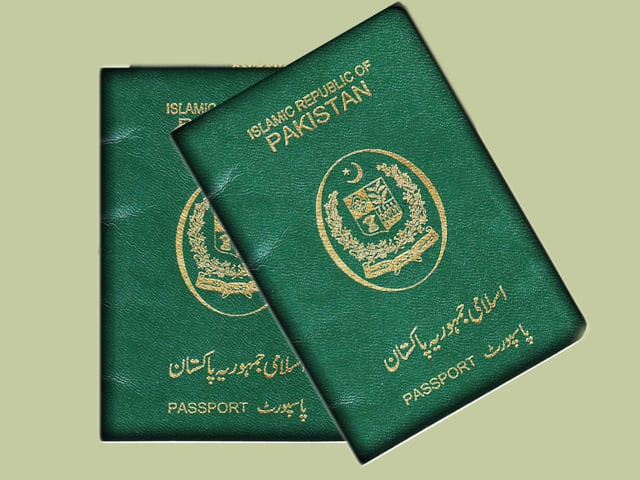Terrorism in Pakistan: Causes, Impact & Solutions
Terrorism in Pakistan has long been a critical issue affecting the country’s security, economy, and global image. From the rise of extremist ideologies to foreign influences and internal instability, the nation has witnessed countless tragedies. This blog explores the roots of terrorism in Pakistan, its devastating impact, and the efforts being made to combat it.
A Brief History of Terrorism in Pakistan
Since the early 2000s, terrorism in Pakistan has escalated due to the Afghan war spillover and the rise of extremist groups. The U.S.-led war in Afghanistan pushed militants across the porous border, strengthening terror groups in the tribal areas of Pakistan.
Key events like:
-
The Lal Masjid operation (2007)
-
Benazir Bhutto’s assassination (2007)
-
Army Public School Peshawar attack (2014)highlight the brutal reality of terror attacks in Pakistan.
These events led to increased public pressure for action, resulting in military operations like Zarb-e-Azb and Radd-ul-Fasaad, which dismantled many terror networks.
Major Causes of Terrorism in Pakistan
Religious Extremism
Extremist ideologies propagated by unregulated madrassas have fueled radicalization among youth. Religious intolerance has been weaponized to recruit militants.
Cross-Border Influence
Terrorism in Pakistan is often linked with neighboring conflict zones. Militant groups exploit political instability and porous borders, especially with Afghanistan.
Poor Governance and Corruption
Weak law enforcement and widespread corruption hinder effective counter-terrorism strategies. Militant groups thrive in areas where the government’s writ is weak.
Foreign Funding and Radical Networks
Terror financing from foreign sources continues to fund groups like TTP, LeJ, and others, making counter-terror operations more challenging.
Impact of Terrorism on Pakistan
Economic Decline
Terrorism effects on Pakistan's economy have been devastating. According to estimates, Pakistan has lost over $100 billion due to militancy over two decades.
Social Disruption
Terrorism has instilled fear among citizens, leading to mass migration from affected areas, school closures, and disrupted public life.
Education in Crisis
Attacks like the APS Peshawar tragedy have crippled the education system, especially in KPK and tribal regions. Fear keeps children away from school.
Political Instability
The threat of militancy has destabilized democratic institutions and strained civilian-military relations.
Pakistan’s Counter-Terrorism Efforts
Military Operations
Operations like:
-
Zarb-e-Azb
-
Radd-ul-Fasaad
-
Rahe Rast
have been instrumental in dismantling terror infrastructure.
NAP – National Action Plan
Launched in 2014, the National Action Plan aims to:
-
Regulate madrassas
-
Ban hate speech
-
Reform anti-terror laws
-
Tackle terror financing
FATF Compliance
Pakistan's progress in meeting the FATF (Financial Action Task Force) guidelines on terror financing has improved its international standing.
Deradicalization Programs
Youth deradicalization centers and rehabilitation programs in KPK and Punjab have shown promising results.
Challenges Still Ahead
Despite successes, challenges persist:
-
Terror groups regroup under new names
-
Social media is used for radical recruitment
-
Baluchistan and tribal areas remain sensitive
-
Weak prosecution of terror cases
Role of the International Community
Pakistan requires continued support for:
-
Intelligence sharing
-
Counter-terror tech
-
Border surveillance
-
Education aid to reduce extremism
The Way Forward: Hope & Resilience
To truly overcome terrorism in Pakistan:
-
Education must be prioritized.
-
Religious tolerance must be promoted.
-
Laws should be enforced without discrimination.
-
Youth must be engaged through employment and awareness campaigns.
The resilience of the Pakistani people, especially after attacks like the APS tragedy, proves that terror cannot defeat hope. Only with unity and long-term planning can Pakistan build a peaceful future.
.jpg)


.jpg)
Comments
Post a Comment